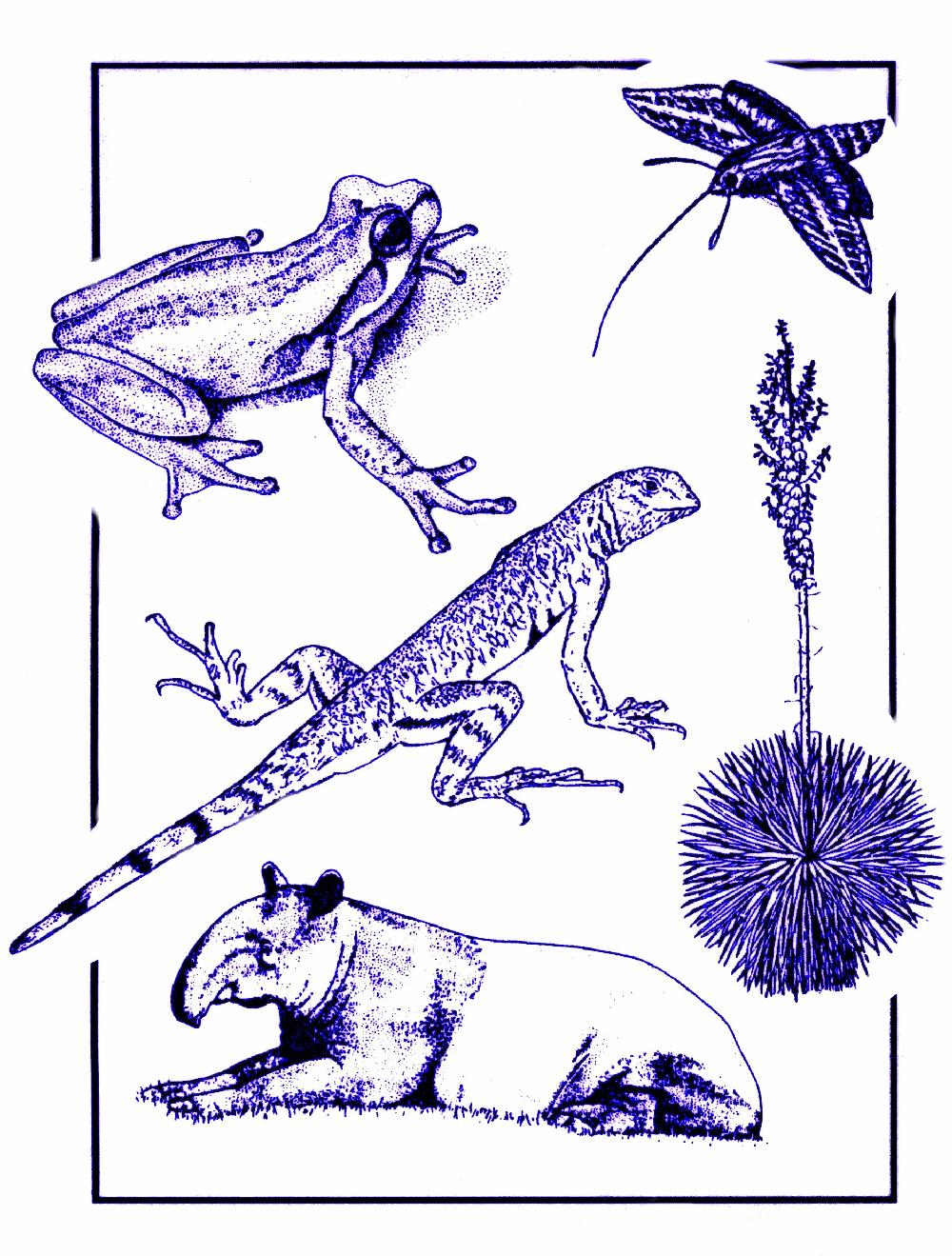The abstracts at this site were written by junior or senior undergraduates
and are the culmination of semester long ecological research inquiries
that are a core component of my ecology course at Widener University.
These students are biology, environmental science, or science education
majors and minors for whom my course is required.
These abstracts (and the manuscripts to which they refer) have been peer
reviewed by other students in the class according to specific guidelines
I have generated for format, clarity, and the student reviewers'
assessment of the scientific merit of their peer's manuscript.
It is important for interested visitors of this site to understand that
the results of the research inquiries reported in this journal are the
results of course projects designed, conducted, and reviewed by
undergraduate students in an ecology course.
You are welcome to download some or all of the material I have posted at
this site for your use in your ecology course. This does not include
commercial uses for profit. If you do use any lengthy exerpts (more than
2 lines) of the material above, I request that you formally acknowledge
this site and/or sites I have acknowledged as the source(s). I also request
that you reciprocate and send me a copy of your ecology materials so that
I may see what you have put together.
Please send comments to me: grant@pop1.science.widener.edu.
Copyright: Bruce W. Grant, 1998.
